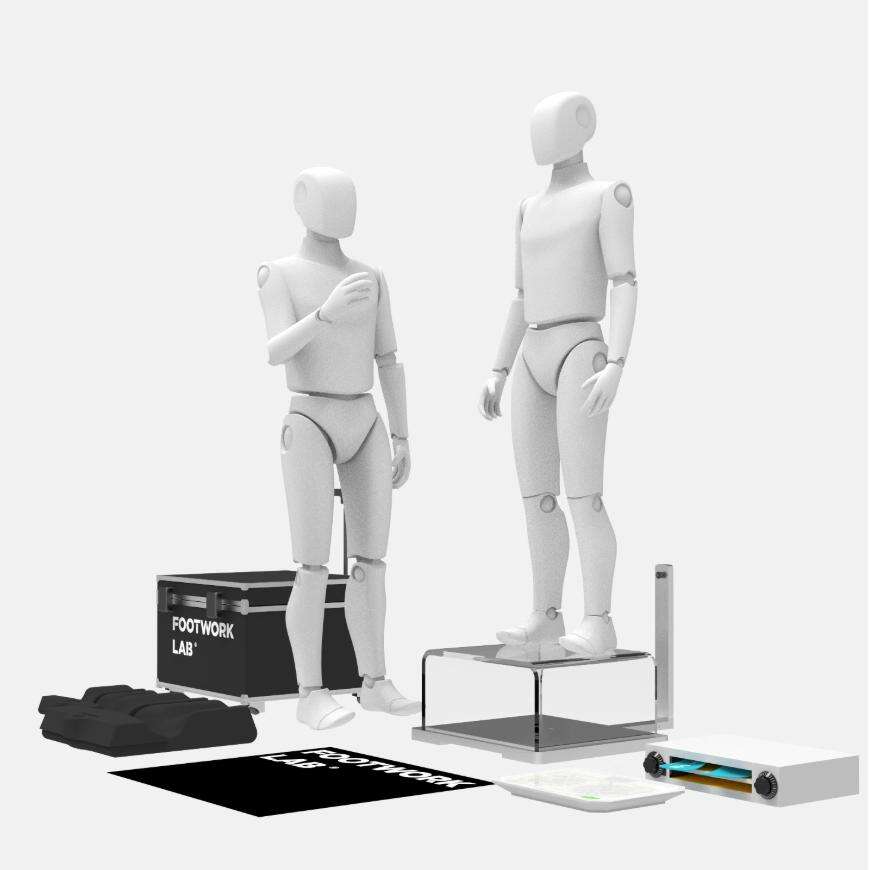Biomechanical gait assessment is a comprehensive evaluation that focuses on the mechanical principles underlying human walking and running, integrating measurements of movement, forces, and muscle activity to analyze how the musculoskeletal system functions during locomotion. This assessment employs advanced tools such as motion capture systems, force plates, pressure sensors, and electromyography (EMG) devices to collect quantitative data, which is then analyzed to understand the interaction between bones, joints, muscles, and tendons during the gait cycle. Key components of biomechanical gait assessment include kinematics, which examines the position, velocity, and acceleration of body segments (e.g., ankle, knee, hip angles) throughout each phase of gait; kinetics, which measures the forces acting on the body, such as ground reaction forces and joint moments; and muscle activation patterns, which reveal how different muscle groups contribute to movement. By quantifying these factors, the assessment can identify subtle abnormalities that may not be visible through visual observation alone, such as asymmetries in step length, excessive joint rotation, or uneven pressure distribution across the foot. In clinical settings, biomechanical gait assessment is used to diagnose conditions like cerebral palsy, osteoarthritis, and post-injury movement disorders, helping clinicians develop targeted treatment plans. For example, if the assessment reveals that a patient with knee pain exhibits excessive valgus (inward bending) during midstance, interventions might include strengthening exercises for the hip abductors or custom orthotics to correct alignment. In sports medicine, this assessment helps athletes optimize performance by identifying inefficient movement patterns that could lead to injury, such as overstriding or uneven weight distribution during running. Additionally, biomechanical gait assessment plays a crucial role in the design of prosthetics, orthotics, and footwear, ensuring these devices address specific mechanical needs. The data collected provides a scientific foundation for understanding how changes in gait mechanics affect overall function, enabling evidence-based decisions in healthcare, rehabilitation, and product development.
